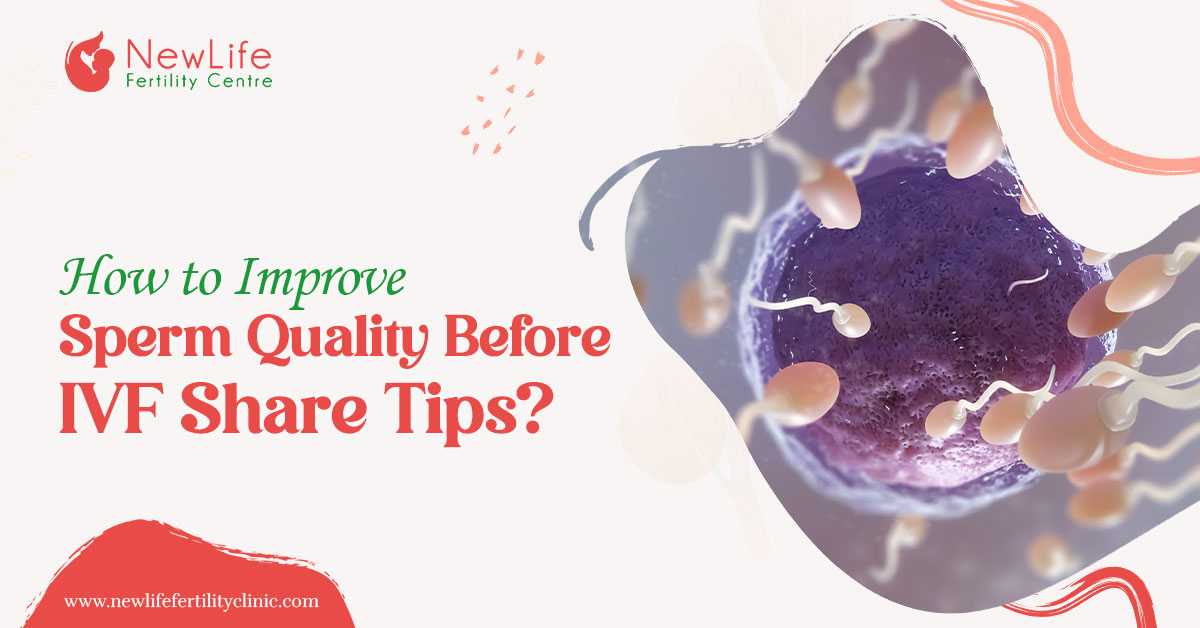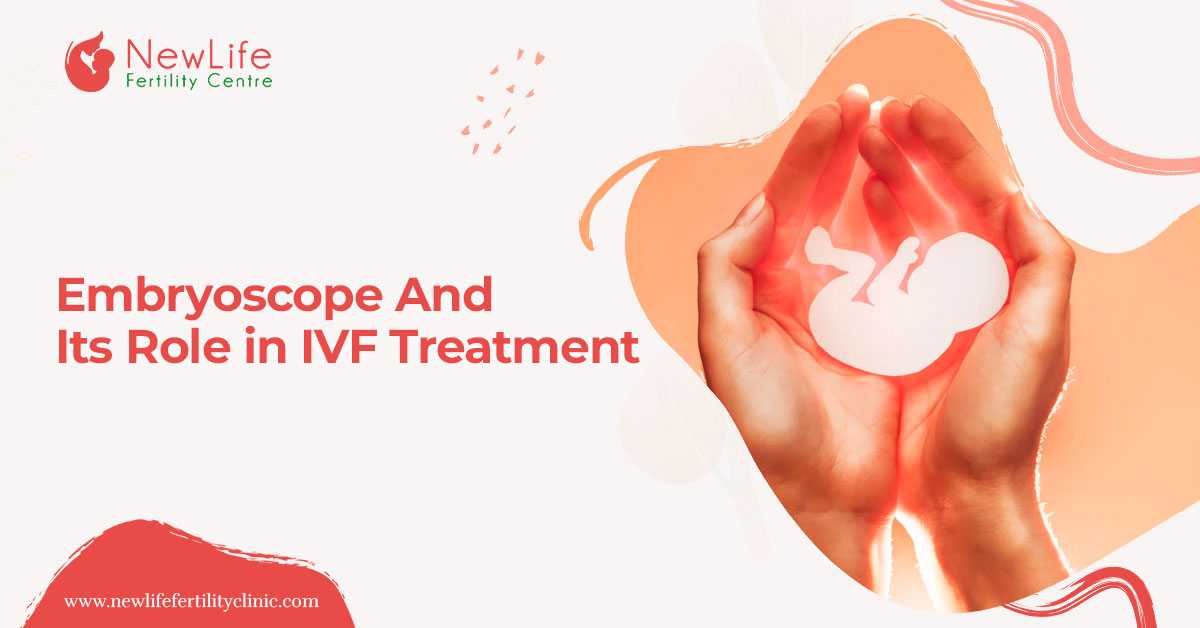In the realm of reproductive medicine, technological advancements have dramatically improved the chances of conception for couples struggling with infertility. One such revolutionary innovation is the Embryoscope, a time-lapse incubator that plays a vital role in the success of IVF treatment for test tube babies. As couples increasingly turn to assisted reproductive technologies, the demand for accuracy, transparency, and personalized care has grown, and the Embryoscope stands out as a game-changer in this regard.
What Is an Embryoscope?
The process of constant monitoring of the development of the embryos during IVF treatments, done in real-time from the best-in-class incubator, is an Embryoscope. Unlike traditional incubators that require embryologists to remove embryos periodically for examination, this time-lapse imaging system allows continuous monitoring without any disturbance to the embryo environment.
Through high-resolution cameras, the Embryoscope captures thousands of images of the embryo's development. This constant observation provides valuable insights into embryo viability, cell division patterns, and abnormalities that may affect implantation.
The Embryoscope Advantage in IVF
When it comes to test tube baby procedures, embryo selection is one of the most critical steps. The Embryoscope offers a significant edge by allowing embryologists to assess embryos with enhanced precision. This not only increases the chances of choosing the most viable embryo but also reduces the risk of genetic anomalies.
Here’s how the Embryoscope enhances IVF success:
- Continuous Monitoring: Unlike conventional methods, which involve removing the embryo from the incubator, this technology keeps the embryo in a stable environment, reducing external stress and potential contamination.
- Advanced Embryo Selection: By analyzing the development timeline, embryologists can identify which embryos follow a normal pattern of cell division, making them more likely to result in a successful pregnancy.
- Increased Pregnancy Rates: Several studies suggest that using the Embryoscope during test tube baby procedures can significantly improve implantation and pregnancy rates due to better embryo selection.
Supporting Concepts That Matter
To better understand the significance of the Embryoscope, it’s essential to explore some additional procedures that relate to the broader context of IVF treatment for test tube babies:
- Embryo grading- With the help of the Embryoscope, embryologists can perform more accurate embryo grading. This process evaluates the quality and development stage of each embryo to determine the best candidate for transfer.
- Time-lapse embryo imaging- Through time-lapse embryo imaging, subtle changes in embryonic development can be detected and analyzed, improving decision-making in IVF cycles.
- Embryo viability- Continuous monitoring capabilities directly aid in evaluating embryo viability, ensuring that only the healthiest embryos are selected for implantation.
- Blastocyst development- The Embryoscope helps track blastocyst development, the stage where the embryo has the highest potential for successful implantation and pregnancy.
What is RI Witness?
Though the case of mixing up samples in the laboratory is extremely rare, it might have tragic consequences on the lives of the parents. Keeping this fear in mind, RI Witness was introduced to prevent any grave mistakes that might occur during the process. Radio Frequency Identification (RFID), a unique process, has been introduced to constantly track the development of the embryos, including the sperm and eggs, so that any fear in the mind of the parents can be erased.
It works in the following process:
Tags- A unique RFID tag is assigned to every container of samples with clear markings.
Verification- The samples are verified each time it is selected, from fertilisation to embryo transfer.
Preventing Error- If the samples are found mismatched, the staff is alerted immediately before a mishap happens.
An additional layer of precaution is maintained to prevent any mistakes that might happen during the process of a test tube baby.
Is Embryoscope Suitable for Everyone?
While the Embryoscope offers impressive benefits, it may not be necessary or accessible for every patient. The technology is usually recommended in the following cases:
- Repeated IVF failures
- Advanced maternal age
- Unexplained infertility
- High number of embryos for selection
A consultation with your fertility specialist must be taken into consideration to confidently decide on whether to incorporate Embryoscope for your IVF journey.
Ethical and Emotional Reassurance
One often-overlooked benefit of the Embryoscope is the emotional reassurance it offers. For couples undergoing the emotionally and physically demanding process of IVF treatment, the transparency provided by time-lapse embryo imaging creates a sense of involvement and control. Being able to visualize the embryo’s growth gives hopeful parents an emotional connection even before implantation.
Your NewLife Begins Here
The Embryoscope is a powerful tool in assisted reproduction, offering clear advantages in embryo monitoring, selection, and ultimately, in boosting the success rates of test tube baby treatments. With detailed imagery and uninterrupted incubation, it represents a new era of precision and personalization in fertility care.
As fertility technologies evolve, innovations like the Embryoscope continue to provide new hope for couples striving to become parents. Whether you’re just beginning your fertility journey or considering advanced techniques, understanding tools like this can empower your decisions and enhance your chances of success.







